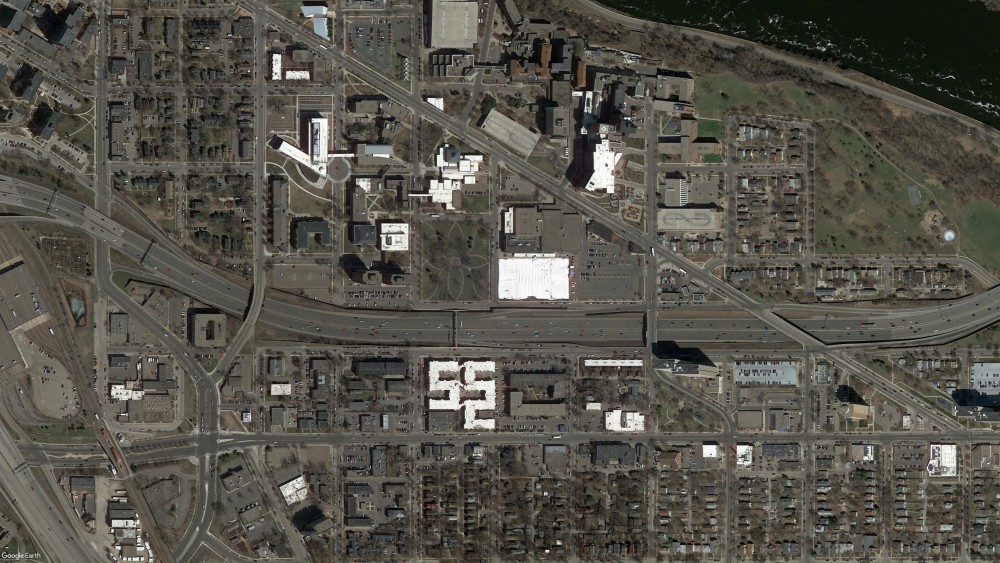An ongoing project from the Minnesota Department of Transportation aims to use community input to guide future construction along Interstate 94 near the University of Minnesota and throughout the Twin Cities.
Over the past two years, the Rethinking I-94 project held community meetings near the University to understand transportation needs of students and other West Bank residents. The project began its second phase earlier this year, during which it uses community feedback to develop transportation options, study environmental impacts and eventually select a construction plan.
“It isn’t just about how we move cars and trucks. It’s also about how people move in general and what does transportation represent for them,” said Rethinking I-94 Project Director Gloria Jeff.
The project’s first phase, which began in 2016, prompted monthly meetings between City of Minneapolis officials, Rethinking I-94 representatives, Seward Redesign and Seward and West Bank residents to discuss improvements along I-94. The meetings will continue until MnDOT completes the project.
Scott Shaffer, Seward Redesign’s community planning coordinator, has worked on addressing concerns about I-94’s pedestrian bridges near the University’s West Bank campus.
A bridge that connects Augsburg University with Seward has been a particular concern. Seward Redesign is pushing state officials to make the bridge more accessible to those with disabilities and promote connections between the two neighborhoods by aligning it with 22nd Avenue South.
Census data shows a higher concentration of people with disabilities living in West Bank and Seward compared to other Minneapolis areas. They’re also more likely to depend on biking, public transit or walking to get to work. This makes I-94 a barrier to residents, Shaffer said.
“The neighborhoods are the way they are because some guy at one point just decided that and drew a line on a paper and then that resulted in real concrete and demolition and … real obstacles to the people living and moving around the way that they wanted to,” Shaffer said.
MnDOT hosted a community engagement conference last week at the University, where attendees from the across the state discussed the impact of local highways.
When the highway was developed in the 1960s, it cut through traditionally low-income areas where land was inexpensive.
The construction of I-94 split up St. Paul’s Rondo neighborhood, then Minnesota’s largest community of African-Americans, Jeff said.
“We’re acknowledging that what was done in the past was not good and we’re not going to repeat that mistake. We’re going to do better,” Jeff said.
For many in the Rondo neighborhood, the I-94 was more than a physical barrier.
Marvin Roger Anderson grew up in Rondo during the highway’s construction. The state bought several apartments run by Anderson’s father for what his family considered an unfair price.
“That’s something he had worked all his life to do, and when those homes were taken, like all of the people who lost their homes in Rondo for the freeway, it snapped something out of their spirit,” Anderson said.
Anderson now chairs ReConnectRondo, an organization that aims to find ways to reconnect and remember the community.
The project also encourages community members to create a sense of place along their section of the I-94 corridor, using sound barriers, murals and other highway features, Jeff said.
“At the end of the day, communities do have the ability to establish their own unique nature,” Jeff said. “There’s no cookie-cutter solution. The community knows who it is.”















